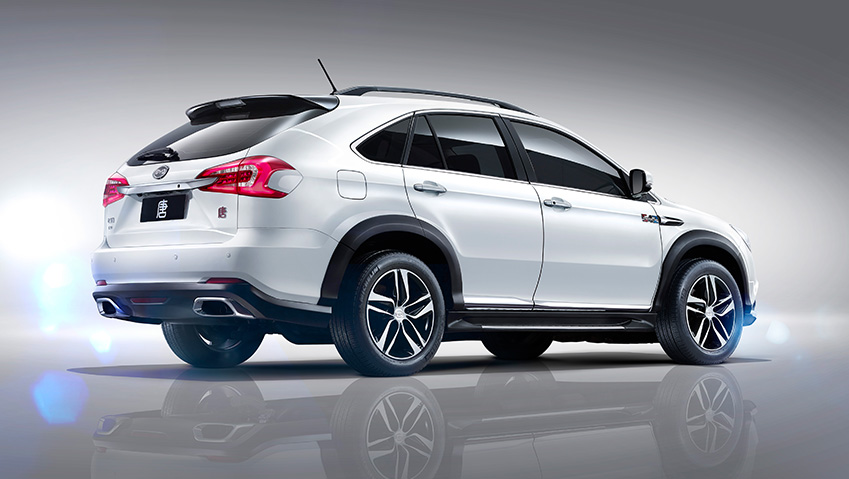Modern plug-in electric cars have been on sale in the U.S. since December 2010, and in China even longer.
The BYD F3DM, a compact plug-in hybrid sedan, went into very limited production in 2008, though early deliveries were strictly to fleets and government agencies.
DON'T MISS: China Overtook U.S. In Monthly Electric-Car Sales Two Months Ago (Dec 2014)
Sales lagged in China until last year, handicapped by several factors: fewer single-family homes that facilitate charging in the driver's own garage, a fierce focus on the lowest possible price by bargain-hungry buyers, and a minimal environmental movement.
In a long-term quest to dominate global production of electric cars, China announced a national goal of half a million electric cars on the roads by 2011. The actual number of plug-in cars delivered that year: 6,000.
But then, last year, sales spurted--and thus far, they appear to be staying high--due to several factors.

2016 BYD Tang plug-in hybrid SUV, made in China
Those include restrictions in several large cities on the number of new cars that can be registered, with preferential treatment for plug-ins, and an intensifying government focus on electric cars as a way to address choking and hazardous air pollution.
Local and national incentives to buy so-called New Energy Vehicles have risen, and so have registrations over the last six months.
Now, writing in Fortune, author Levi Tillemann asks whether the largest auto market in the world--China sold 23 million vehicles last year, against 16.5 million in the U.S.--will overtake the U.S. in sales of plug-in vehicles.
ALSO SEE: China's Electric-Car Future: Government Subsidies, Buyer Resistance (Apr 2014)
His answer is: very possibly. China appears to have sold 27,000 electric cars last December, roughly twice the U.S. figure.
Fortune notes that there may be questions about the reliability of the figures, though they are multiply sourced. It also suggests that the reasons for the jump may include removal of a 10-percent surtax on electric cars.
It's important to note, however, that the two markets differ enormously.

BYD e6 electric taxi in service in Shenzhen, China
In China, some unknown portion of the plug-in car sales are to government agencies and/or large corporations that are susceptible to pressure from various state and national bureaucracies.
Which is to say, it's possible that they're buying the cars not because they particularly want them but because it's been "suggested" that it would be a good thing for them to do so.
Meanwhile, it's unclear that there's genuine and sustained retail consumer demand for electric cars, of the sort that has allowed Tesla Motors to sell tens of thousands of electric cars that approach $100,000 apiece in less than three years.
MORE: China Adds Even More Electric-Car Incentives--Mostly For Local Brands (Sep 2014)
On the other hand, because many large Chinese cities now severely restrict new-car registrations--but give New Energy Vehicles a substantial portion of the limited number--retail buyers within city limits may now be opting for plug-ins just to get a car in the first place.
So 2015 promises to be a fascinating year for plug-in electric car sales, not only in North America (and Europe) but also in China, which still clearly wants to dominate global electric-car production over the long haul.
Stay tuned.
[hat tip: Ryan Cody]
_________________________________________________












